Ueno Park Museums: Everything You Need to Know

Tokyo's Ueno Park is home to six museums with excellent exhibits of Japanese art, history, and culture. These facilities include the Tokyo National Museum, the National Museum of Nature and Science, the National Museum of Western Art, and others. Read on to learn their features.
Ueno Park's Six Museums: Art and Culture in Tokyo

Tokyo's Ueno Park, Japan's first public park, is home to six museums featuring Japanese art, history, and culture: the National Museum of Nature and Science, the Tokyo National Museum, the Tokyo Metropolitan Art Museum, the Ueno Royal Museum, the National Museum of Western Art, and the Shitamachi Museum.
These facilities provide English guidance for their exhibits and will surely delight visitors both young and old.
The 6 Museums in Ueno Park
1. National Museum of Nature and Science
2. Tokyo Metropolitan Art Museum
3. Tokyo National Museum
4. Ueno Royal Museum
5. National Museum of Western Art
6. Shitamachi Museum
The Tokyo Pass: Admission to Tokyo's Cultural Facilities
Book the Tokyo Subway Ticket (24, 48, or 72 Hours)
1. National Museum of Nature and Science

The National Museum of Nature and Science is the only national science museum in Japan and is located right in the middle of Ueno Park. It is an educational facility with an extensive collection of biology and geology-related displays from around the world.
Here you can browse the Japan Gallery, a multi-level permanent exhibit that introduces the nature and anthropological history of the Japanese islands. The museum also has a state-of-the-art spherical projection theater and hosts special exhibitions. After or during your visit, stop by the restaurant area for some refreshments.
There are multi-lingual descriptions for the exhibits, and audio guides in English, Chinese, and Korean are also available. The National Museum of Nature and Science has something entertaining for all ages, making this an ideal spot for families and those traveling in groups.
Book your ticket to the National Museum of Nature and Science in Tokyo
Hotels near National Museum of Nature and Science
↑ Return to the top of article.
2. Tokyo Metropolitan Art Museum

The Tokyo Metropolitan Art Museum is known for its permanent exhibits dedicated to open-air sculptures and calligraphic works by Japanese artists, as well as special displays of works from internationally-renowned artists, like Monet and Munch. We recommend checking the special exhibits first during your visit.
The museum has five floors; it has a restaurant and a cafe, making it comfortable for visitors to spend half a day here taking in both Japanese and global art.
Hotels near Tokyo Metropolitan Art Museum
↑ Return to the top of article.
3. Tokyo National Museum

The Tokyo National Museum is a large, renowned museum with displays of traditional Japanese art, including paintings, sculptures, and ancient artifacts. Established in 1857, it is considered the oldest museum in Japan and has around 117,000 items on display. This number includes many national treasures and culturally-important artifacts.
In addition to the extensive permanent exhibits, the temporary and seasonal exhibits are also worth seeing.

The Hyokeikan building. Photo by Pixta
The Tokyo National Museum is a large facility with several different buildings: the main building has 23 exhibition rooms on two floors with displays of Japanese art from prehistoric times to the 19th century; the Heiseikan has a gallery dedicated to Japanese archaeology and hosts mainly special exhibitions; the Toyokan showcases art from all across Asia; the Gallery of Horyuji Treasures houses a collection of some of the oldest cultural properties of Japan; the Kuroda Memorial Hall exhibits the works of Japanese Modern painter Kuroda Seiki (1866-1924); the Hyokeikan, currently closed for maintenance work, hosts special exhibitions and events.
The museum also has a Japanese garden and a teahouse. It might be difficult to visit all the buildings in one day. There are two restaurants where you can snack on a light refreshment or meal during your visit.
The Tokyo National Museum is an excellent destination for anyone interested in learning about the fine arts and history in Japan. All the exhibits are provided with English explanations and audio guides.
Hotels near Tokyo National Museum
↑ Return to the top of article.
4. Ueno Royal Museum

The Ueno Royal Museum hosts mainly contemporary art exhibitions. The special exhibitions change regularly; the Ueno Royal Museum Grand Prize Exhibition, the VOCA Exhibition, and the Japanese Nature Painting Exhibition, which showcase works by award-winning Japanese artists, are particularly popular.
The Ueno Royal Museum is a relatively small museum compared to the rest of the facilities in Ueno Park. Visitors with little time can drop in here for around an hour of art and entertainment.
Hotels near Ueno Royal Museum
↑ Return to the top of article.
5. National Museum of Western Art

As its name suggests, the National Museum of Western Art has an impressive collection of Western art dating from the end of medieval times to the beginning of the 20th century. The collection includes Impressionist paintings and modern French sculptures, from artists such as Degas and Rodin, making it a must-see for any art lover.
The National Museum of Western Art is renowned for its excellent special exhibitions featuring items from its collection as well as works temporarily borrowed from collections from abroad. Past exhibitions have featured artwork by internationally-renowned figures such as LeCorbusier and Picasso.
It is a large museum with impressive architecture, where you can spend around half a day gazing leisurely at paintings, sculptures, and other artwork.
Hotels near The National Museum of Western Art
↑ Return to the top of article.
6. Shitamachi Museum

*The Shitamachi Museum is temporarily closed for renovations until the end of 2024.
Head to the Shitamachi Museum if you are looking for a museum on the social history of Tokyo. The shitamachi, or lower-lying area of Tokyo, is associated with the working class and covers districts in eastern Tokyo such as Ueno and Asakusa. This museum offers a rare chance to learn about Tokyo's past and the way its residents lived in the Taisho period (1912-1926).
The museum features faithfully reproduced rooms and shops from the 1920s. The facility shows the citizens' lifestyles during those times and the changes that occurred due to earthquakes and war. You will feel as if you've slipped back through time while looking at the details in every corner. The second level of the facility also contains informative displays along with historical artifacts.
Hotels near Shitamachi Museum
↑ Return to the top of article.
FAQ
Why is Ueno Park famous?
Ueno Park in Tokyo stands as a renowned destination celebrated for its multifaceted allure. This iconic park captivates visitors with its vibrant cherry blossoms during spring, earning acclaim as a premier hanami spot. Home to cultural treasures, Ueno Park hosts esteemed institutions like the Tokyo National Museum and the National Museum of Nature and Science, alongside the popular Ueno Zoo. Historic temples and shrines, such as Ueno Toshogu Shrine, add a touch of spirituality and tradition to the park's landscape. Offering respite amid bustling Tokyo, Ueno Park's lush greenery, serene ponds, and scenic pathways provide a tranquil escape for locals and tourists alike. With a rich historical heritage dating back to the Edo period, Ueno Park embodies a harmonious blend of nature, culture, and history that embodies the essence of Tokyo's dynamic spirit.
Is Tokyo National Museum free?
The Tokyo National Museum in Ueno Park typically charges an admission fee to enter its permanent exhibitions. However, special exhibitions may have separate ticket prices in addition to the general admission fee. The museum offers discounted or free admission to certain groups, such as students, seniors, and individuals with disabilities, on specific days or with appropriate identification. It is advisable to check the museum's website or contact them directly for the most current information on admission fees and any ongoing promotions or discounts.
Is Ueno Park worth visiting?
Absolutely, Ueno Park is definitely worth visiting for a myriad of reasons. This expansive park in the heart of Tokyo offers a blend of natural beauty, cultural experiences, and historical significance that appeals to a wide range of visitors. From the stunning cherry blossoms in spring to the tranquil ponds and lush greenery that provide a peaceful oasis in the bustling city, Ueno Park offers a serene retreat for locals and tourists alike. The park's collection of museums, including the Tokyo National Museum and the National Museum of Nature and Science, showcases Japan's rich cultural heritage. Additionally, visitors can explore historic temples and shrines within the park, adding a spiritual and traditional dimension to the experience. With its blend of natural landscapes, cultural attractions, and recreational opportunities, Ueno Park stands out as a must-visit destination that encapsulates the essence of Tokyo's diverse offerings.
Do you have to pay to enter Ueno Park?
No, you do not need to pay an entrance fee to enter Ueno Park itself. Ueno Park is a public park in Tokyo that is open to the public free of charge. Visitors can enjoy the park's lush green spaces, walking paths, ponds, and seasonal attractions like cherry blossoms without having to pay an entrance fee. However, some facilities within the park, such as museums and the zoo, may have their own admission fees for entry.
What is the biggest museum in Tokyo?
The Tokyo National Museum holds the distinction of being the largest and oldest museum in Japan's capital city. As the country's oldest national museum, it boasts an extensive collection of art and historical artifacts, showcasing Japan's rich cultural heritage. The museum's expansive collection is spread across several buildings, with various galleries dedicated to different periods and themes of Japanese and Asian art and history. Located in Ueno Park, the Tokyo National Museum is a significant cultural institution that attracts visitors looking to explore Japan's diverse artistic and historical legacy.
Is the Tokyo National Museum worth visiting?
Yes, the Tokyo National Museum is definitely worth visiting for anyone interested in Japanese art, culture, and history. As the largest and oldest museum in Tokyo, it offers a profound insight into Japan's rich heritage through its extensive collection of art, artifacts, and historical items. Visitors can explore a wide range of exhibits spanning different periods, from ancient artifacts to contemporary artworks, providing a comprehensive overview of Japanese cultural evolution. Whether you are fascinated by traditional arts like pottery, calligraphy, and samurai armor, or intrigued by the intricate details of ukiyo-e woodblock prints, the museum offers a deep dive into the essence of Japan's artistic and historical legacy. Additionally, the tranquil setting within Ueno Park adds to the experience, making a visit to the Tokyo National Museum both educational and culturally enriching.
Visit the Museums in Ueno
There are various types of museums in Ueno Park to satisfy your every curiosity. There might be too much to see in one day, but visiting a museum that interests you will surely make for an exciting day in the park.
A tip: The admission to the Tokyo National Museum and the National Museum of Nature and Science is covered by the Tokyo Pass, a convenient digital pass offering unlimited entry to 40 cultural facilities in Tokyo.
Read also
All pictures from Pixta
東京生まれ東京育ち東京在住の20歳。大学生をしています。動物とたわむれることと散歩をすることがとっても好きです。世界中の野生の動物に会いに行ったり、世界中の街を散歩しに行ったり、いつかできたらいいなぁ、なーんて思ってます。


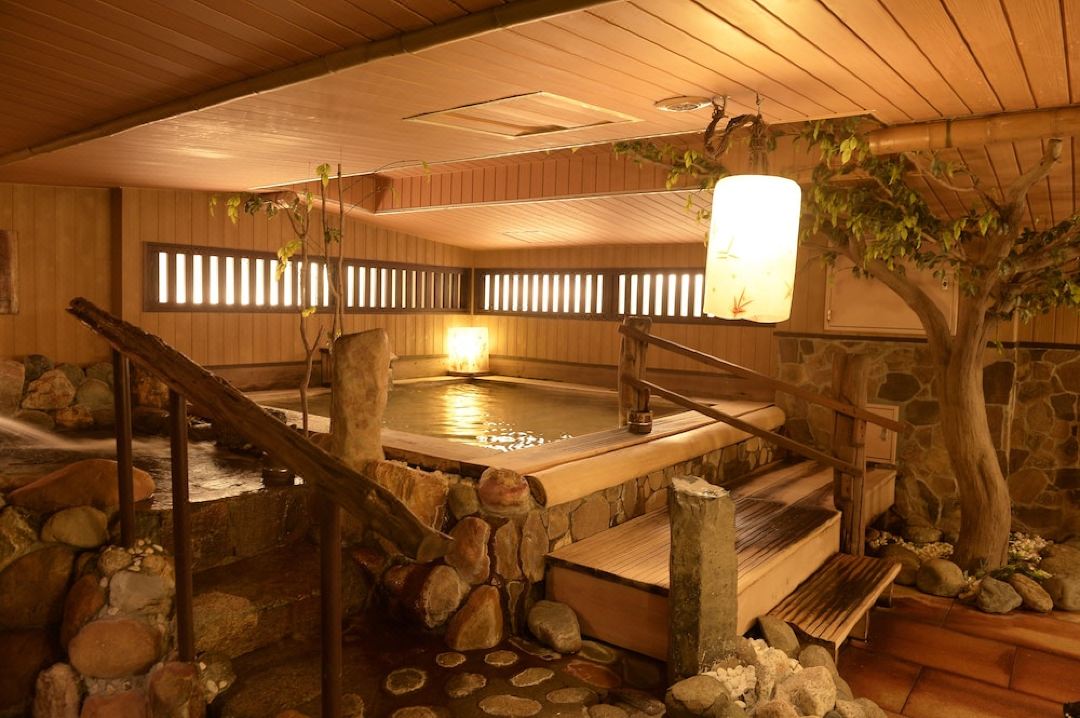

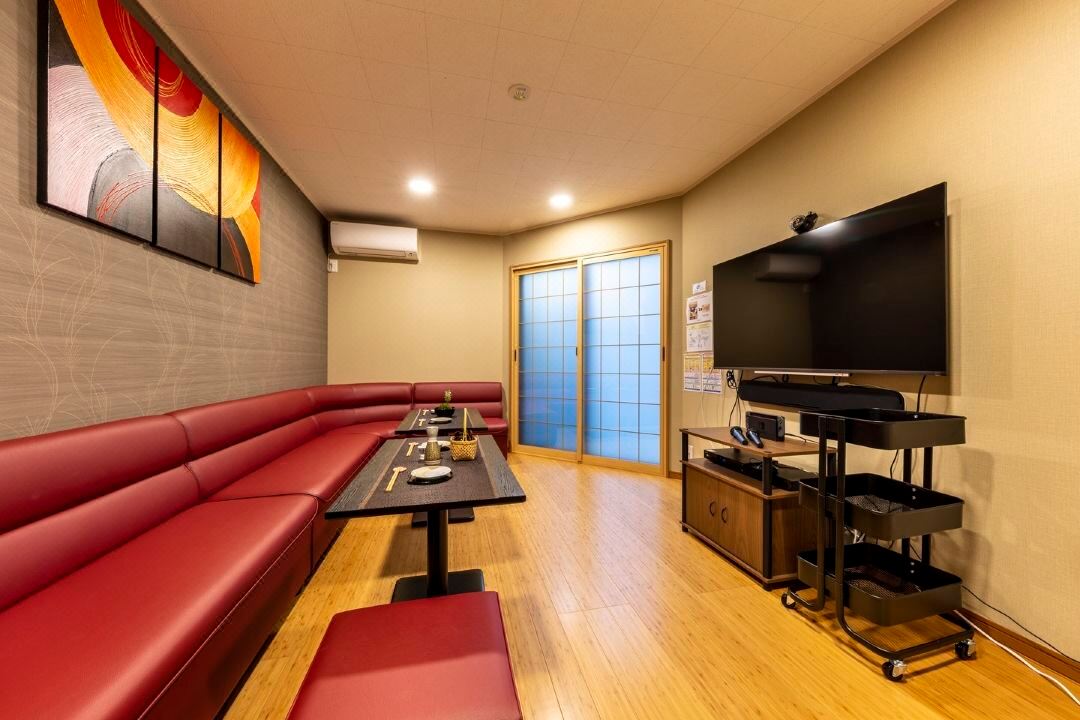
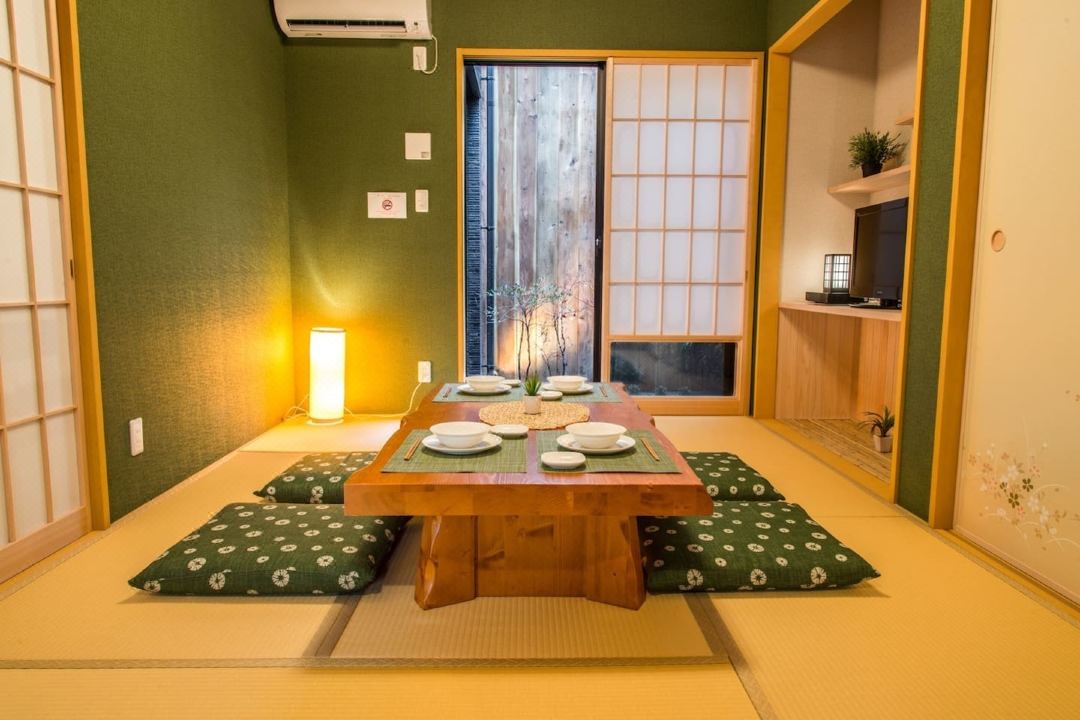

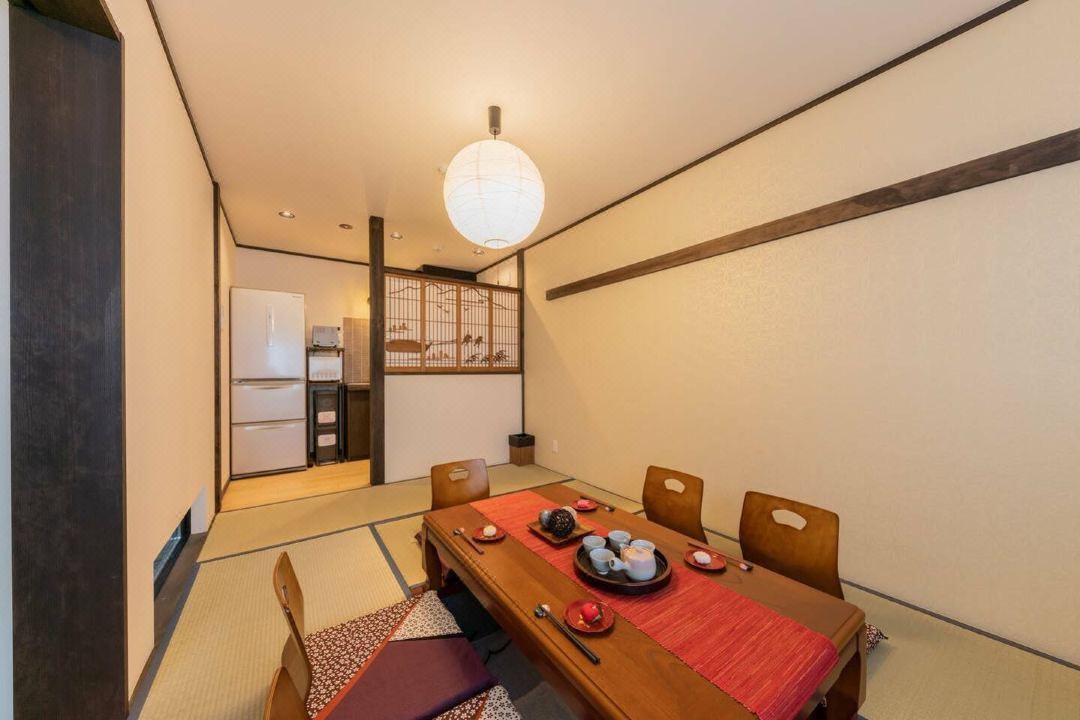


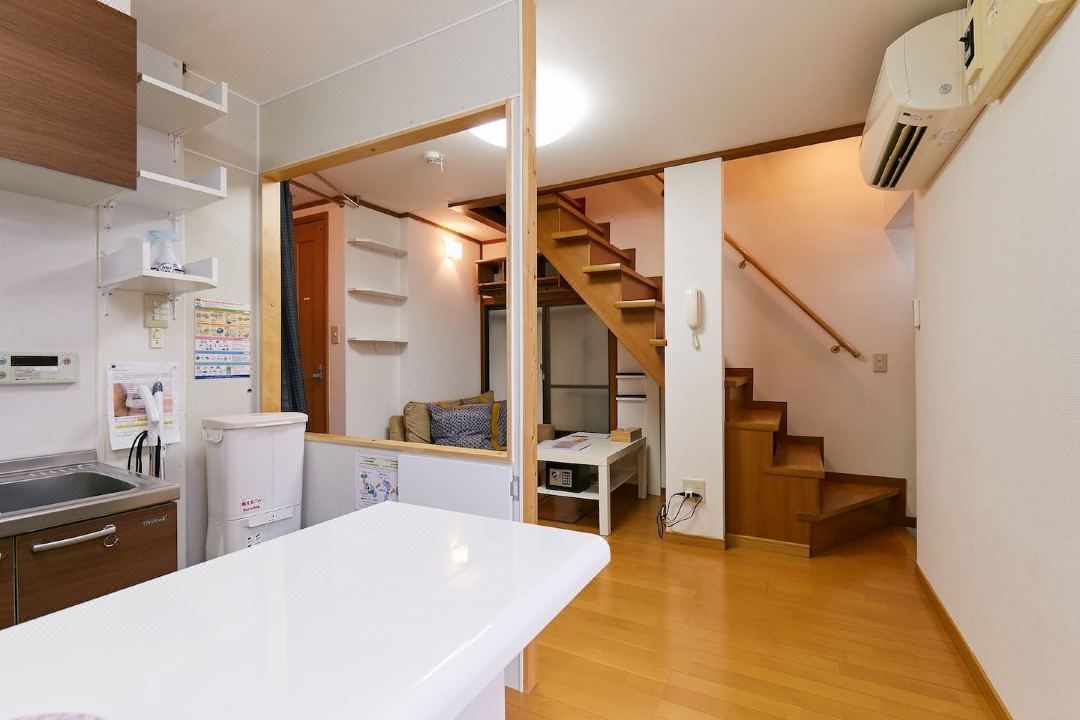


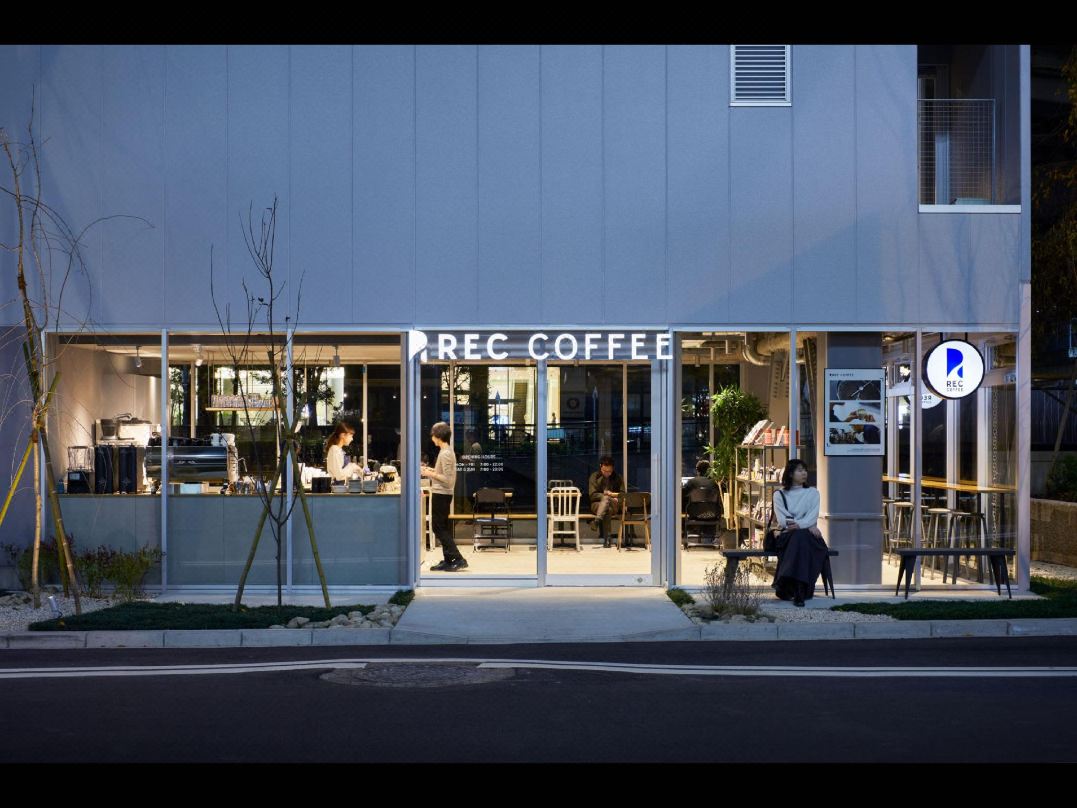





































![[2026 Edition] FORMUAL 1 JAPANESE GRAND PRIX Information](https://resources.matcha-jp.com/resize/720x2000/2025/10/05-245984.webp)


![[2025 Update] Namba's spectacular illuminations! "Namba Hikari Tabi" with approximately 1 million shining lights](https://resources.matcha-jp.com/resize/720x2000/2025/12/12-252825.webp)